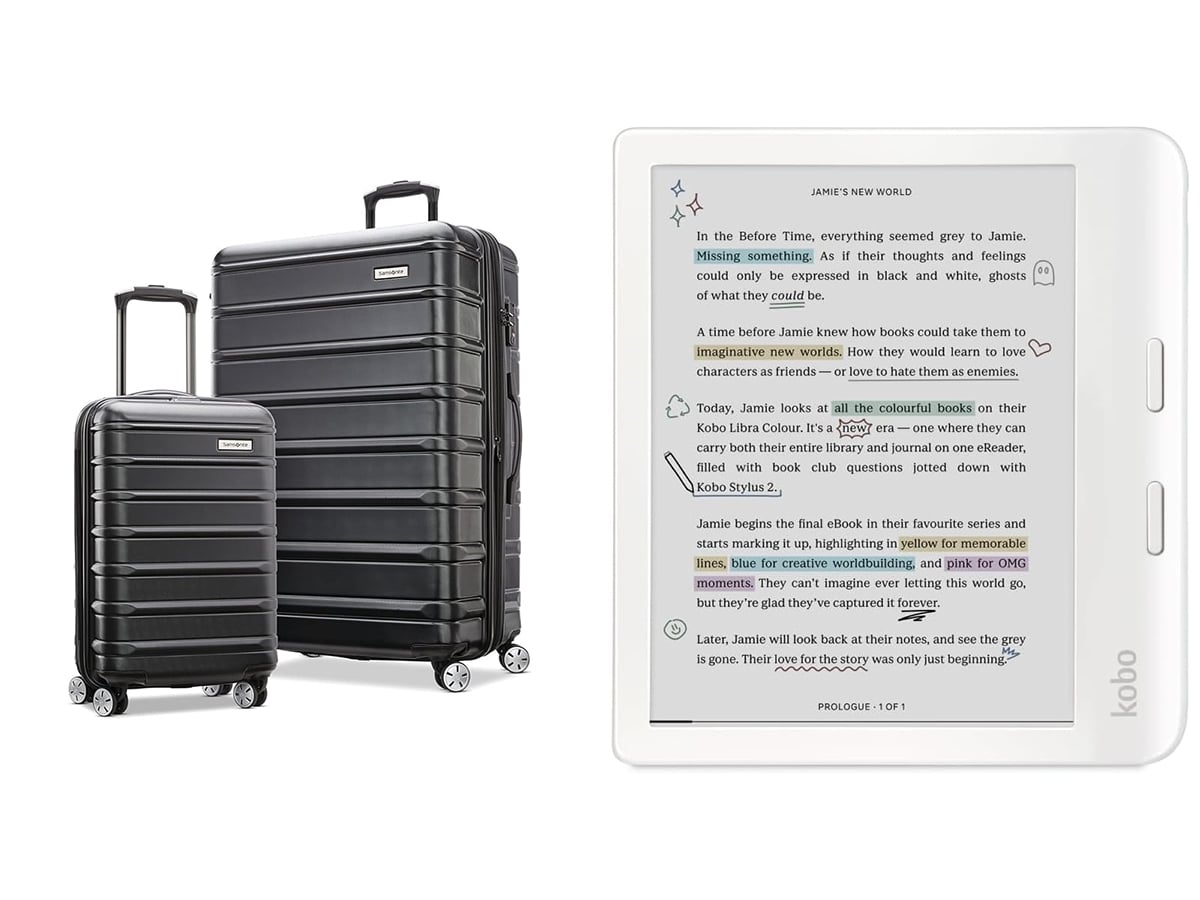This post contains references to products from one or more of our advertisers. We may receive compensation when you click on links to those products. For an explanation of our Advertising Disclosure, visit this page.
Chances are, if you’ve been watching the evening news or doom scrolling on social media, you’ve come across a new security feature from Apple called Stolen Device Protection. According to Apple, “Stolen Device Protection adds a layer of security when your iPhone is away from familiar locations, such as home or work, and helps protect your accounts and personal information in case your iPhone is ever stolen.” RELATED: How to Quickly Make an Emergency Call On an iPhone

I’m all for added protection especially since in the past two months, I’ve had my business Facebook account hijacked (I no longer have access to it), six credit cards compromised and at least five attempts to take a loan out in my name. I have no idea how these lowlifes have done it but since then I’ve taken steps to lockdown all of my accounts, freeze credit cards and even tighten my wallet with an RFID wallet.
Whenever Apple releases a new iPhone update, I usually wait until tech experts like Leo Laporte and Rich DeMuro advise doing it. Rich said on KTLA, “Normally, someone with your passcode can change your Apple ID password, disable Find My iPhone, access saved passwords, and erase your data. With Stolen Device Protection, certain actions will require a biometric sign-in — meaning Face ID or Touch ID — or a time delay before they can occur.”
On the This Week in Tech podcast (2:05:00 into the show), tech guru Leo Laporte says, “I trust Apple” and I think it’s a good idea.”
The New York Times’ popular tech division called Wirecutter concurs. They shared this on Threads: “A new feature called Stolen Device Protection is available with the latest iOS 17.3 update. And you should turn it on right away. Why? It will make it significantly more difficult for people to gain access to your most private information should your phone be stolen—even if they know your passcode.”
Post by @wirecutterView on Threads
Here’s what Apple says about the security update: “In the event that your iPhone is stolen, the security delay is designed to prevent a thief from performing critical operations so that you can mark your device as lost and make sure your Apple account is secure. Learn what to do if your iPhone is lost or stolen.
When your iPhone is in a familiar location, these additional steps are not required, and you can use your device passcode like usual. Familiar locations typically include your home, work, and certain other locations where you regularly use your iPhone.
Stolen Device Protection is available with iOS 17.3 and must be turned on before the device is lost or stolen.”
First, you need to make sure your phone has been updated with iOS 17.3 (Settings > General > About). Then stay in Settings to turn it on.
Here’s how, direct from Apple: “To turn on Stolen Device Protection you must use two-factor authentication for your Apple ID and set up or enable the following on your iPhone: a device passcode; Face ID or Touch ID; Find My; and Significant Locations* (Location Services).
You can turn on Stolen Device Protection in Settings:
Go to Settings, then tap Face ID & Passcode.
Enter your device passcode.
Tap to turn Stolen Device Protection on or off.”
I’ve done the update for my phone and you should, too. It’s an added layer of security and protection that, if you do lose your phone, you’ll be glad you have.
KEEP READING:
- Cybersecurity and Fraud Expert Shares Tips on How Not to Get Scammed When Traveling
- How To Avoid Vacation Rental Scams
- Don’t Fall For These QR Code Scams
- These Are the Latest European Travel Scams to Know Before You Go
- Don’t Fall For the Falling Lady Scam
Want more travel news, tips and deals? Sign up to Johnny Jet’s free newsletter and check out these popular posts: The Travel Gadget Flight Attendants Never Leave Home Without and 12 Ways to Save Money on Baggage Fees. Follow Johnny Jet on MSN, Facebook, Instagram, Pinterest, and YouTube for all of my travel posts.



